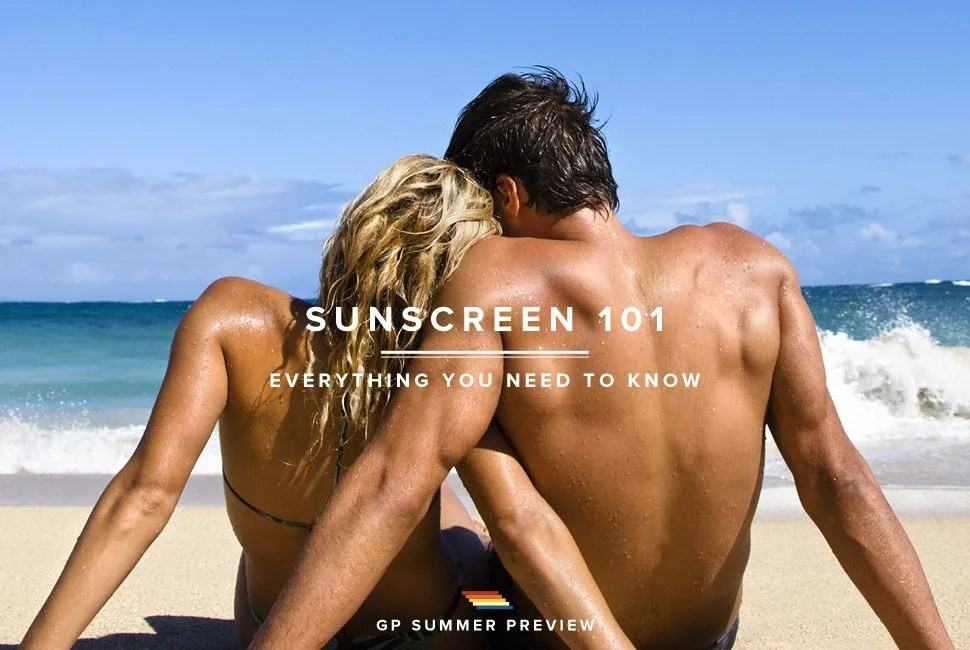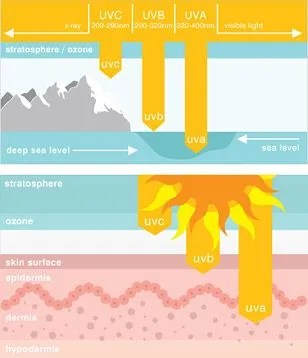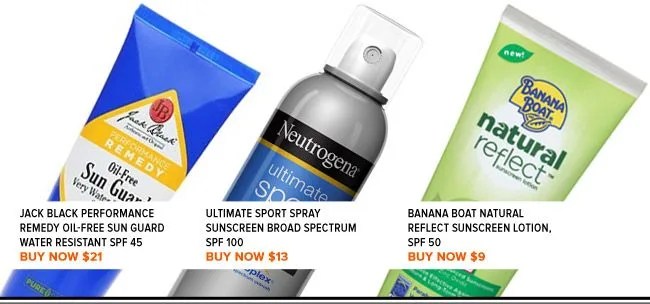After months of Vitamin D deprivation, our seasonally affected psyches aren’t the only thing longing for a little summer loving. But before you shed the layers and start basking in the glow, we want to make sure you’re covered (literally). We know how the temptation to start adding a healthful looking hue to your skin ASAP (Active Summer Assault on Pastiness) pervades your frontal lobe, erasing everything you thought you knew about your UVA, B and C’s. To keep you from flash frying to a shade between John Boehner and Gene Hackman’s nose on a whiskey weekend, we’ve put together this comprehensive collection of knowledge to keep you safe in the sun and prevent your future-face from looking like a catcher’s mitt. Trust us, slathering SPF sauce all over yourself is a good thing — and so is being the guy who has some handy when the women’s beach volleyball team asks you to help hit those hard-to-reach areas. Hey, it could happen. It’s best to be prepared.

50 Articles, 150 Gear Essentials, 1 Trek Across Cuba: Your Guide to Making Summer 2013 The Best Ever »
IT PUTS THE LOTION ON ITS SKIN: Kiehls Facial Fuel | Scape Athlete Sunblock | Kinesys SPF 30+ Sunscreen
First thing’s first: There’s no such thing as a healthy tan. That sun-kissed bronze skin that typified a healthy glow throughout previous generations is actually the first sign of damage. Change in skin color is actually our body’s imperfect attempt to protect itself from the sun’s UV rays. This protective darkening causes cumulative damage to our skin’s DNA, and worse, has been linked to skin cancer.
While the UV spectrum only accounts for about 10% of the sun’s energy, it’s this form of radiation that wreaks the most havoc on our health. In fact, in April of 2011 the World Health Organization concluded that all categories and wavelengths of UV radiation be considered a group 1 carcinogen, the highest level of cancer-causing agents in humans. Cloaked by the stealth of short wavelengths (making them invisible to the naked eye), these members of the electromagnetic light family can be subdivided into three main types: UVA, UVB and UVC.
TERRIFYING SUN DAMAGE, BY THE NUMBERS


